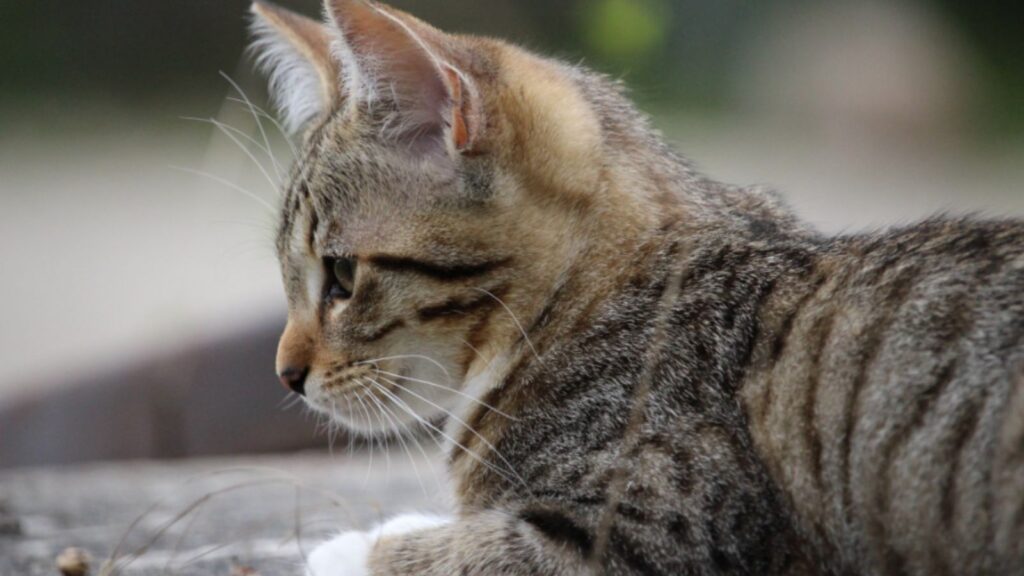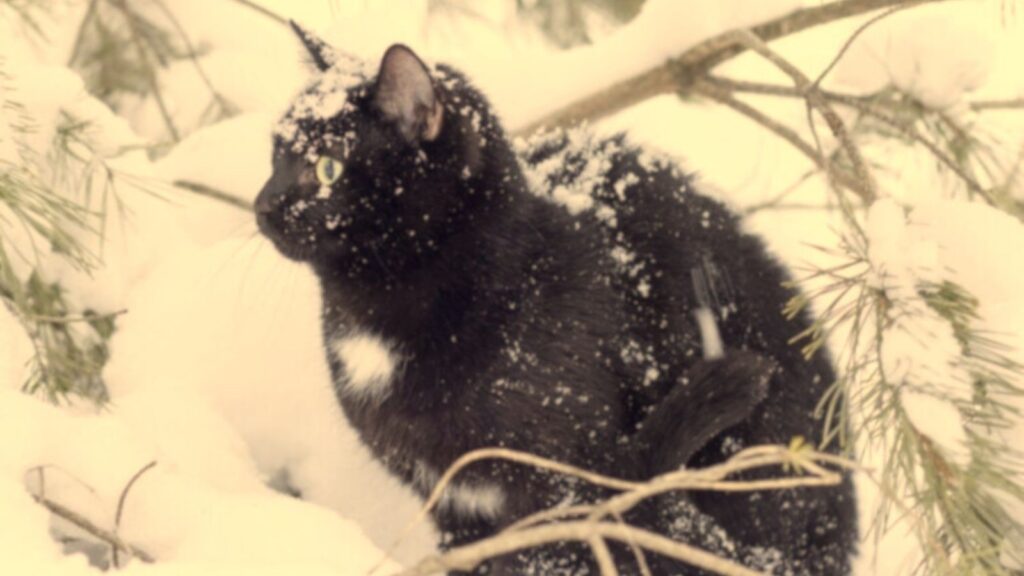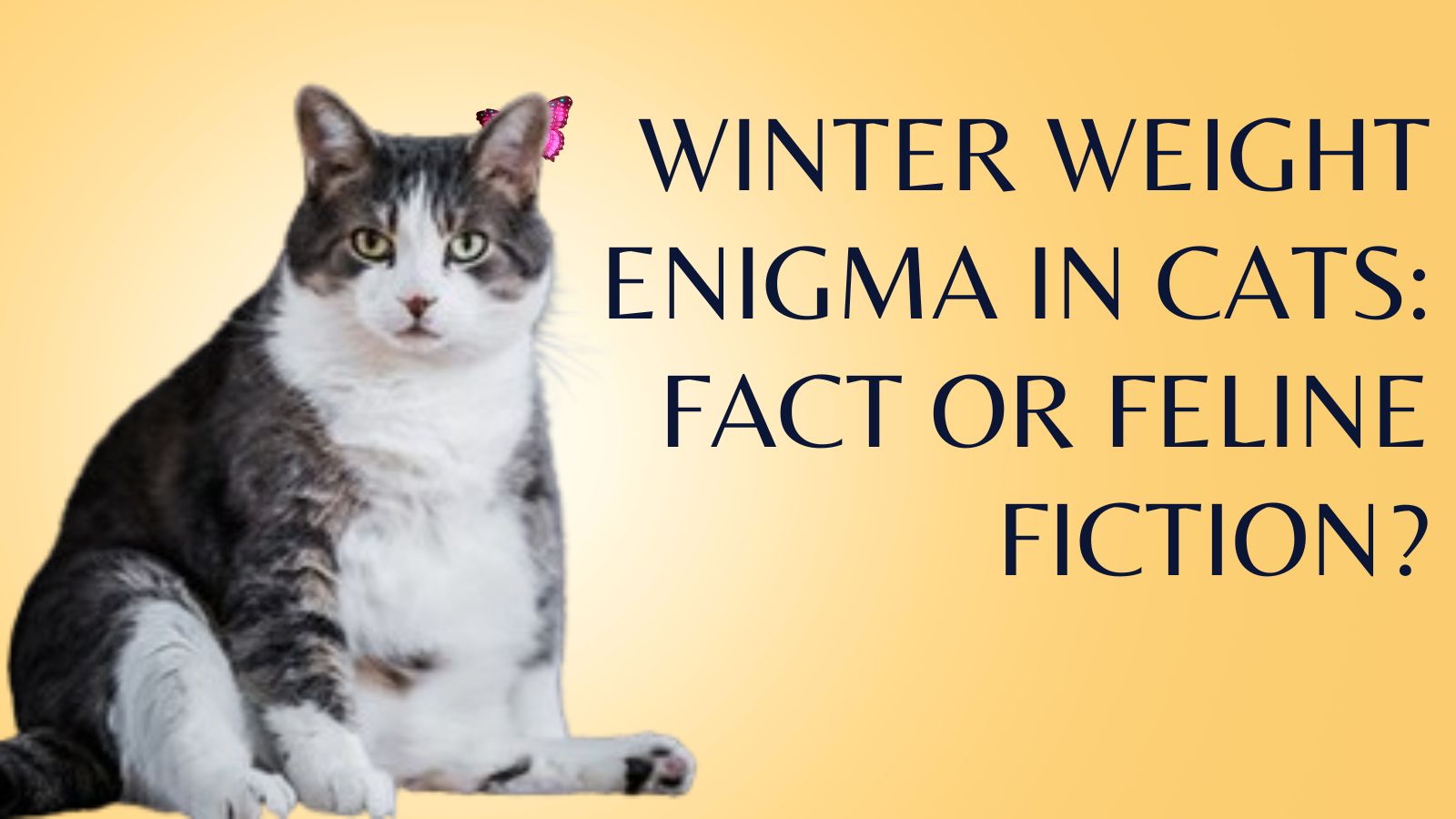As winter approaches, both humans and their feline companions appear to face a similar challenge: the proclivity to gain a few extra pounds during the colder months. Is it true that cats gain weight in the winter?
Let’s embark on a journey to unravel this seasonal mystery and investigate the factors that influence our furry friends’ weight fluctuations.
Contents
- 1 The Seasonal Appetite Surge: A Feline Instinct
- 2 Metabolism in the Winter Wilderness: The Science Behind the Feast
- 3 Indoor Cats and the Weight Paradox: Understanding the Dilemma
- 4 The Role of Activity: A Balancing Act for Winter Weight
- 5 Nutrition Matters: Crafting a Winter Diet Plan
- 6 Debunking the Hibernation Myth: Cats and Seasonal Fat Storage
- 7 Practical Tips for Pet Owners: Navigating Winter Weight Woes
- 8 Conclusion: Striking a Balance for Winter Wellness
The Seasonal Appetite Surge: A Feline Instinct
Winter causes an unusual phenomenon in cats: an increase in appetite, which leads to increased calorie consumption.
This behavior stems from a historical survival instinct that is deeply ingrained in their feline DNA. A four-year study conducted by the University of Liverpool’s School of Veterinary Science discovered that cats’ caloric intake peaks during the winter, with a 15% increase over the summer months.
This increased appetite is the result of both metabolic and instinctive responses.
Metabolism in the Winter Wilderness: The Science Behind the Feast
In cats, exposure to harsh winter weather causes a metabolic response. The Basal Metabolic Rate (BMR), which is responsible for calorie burning while at rest, increases as cats try to maintain their core body temperature.
In the wild, where food sources are scarce during the winter, this biological mechanism ensures that cats consume more calories to compensate for the increased energy expenditure required for warmth. While domestic cats are unlikely to face food scarcity, this evolutionary trait persists, compelling them to overeat if given the opportunity.
Indoor Cats and the Weight Paradox: Understanding the Dilemma
Surprisingly, even indoor cats, who are protected from the elements, have a greater appetite during the winter.
Researchers believe that the changing duration of sunlight is the cause. Cats interpret shorter days as a sign of impending cold weather because they rely on sunlight as a seasonal cue.
This instinctual response causes them to become hungrier, requesting more meals and treats even when they are in the comfort of a temperature-controlled home.

The Role of Activity: A Balancing Act for Winter Weight
Older cats and those with a more sedentary lifestyle may face challenges in maintaining a stable weight throughout the year.
Cats, much like their human counterparts, may experience weight gain if the calorie intake exceeds their energy expenditure. Inactive cats, especially during the winter months, are more prone to putting on extra pounds.
To counter this, pet owners are advised to regulate their cat’s food intake, referring to veterinary guidance, and encourage physical activity through interactive playtime.
Nutrition Matters: Crafting a Winter Diet Plan
Understanding the nutritional requirements of cats during the winter is critical. While domesticated cats may not face the same food scarcity as wild cats, a well-balanced diet is essential.
The emphasis should be on high-quality, protein-rich meals that meet more than half of their nutritional needs. The inclusion of omega-3 fatty acids, which can be found in seafood, not only aids in temperature regulation but also supports joint health, which is important for senior cats battling the winter chill.
Debunking the Hibernation Myth: Cats and Seasonal Fat Storage
Contrary to the hibernation practices of certain animals, cats, domesticated or wild, do not engage in purposeful fat storage for winter. Unlike hibernation, where animals conserve energy by shutting down bodily functions, cats enter a shorter torpor during extremely harsh weather.
Domestic cats, with their needs met by humans, do not hibernate or intentionally fatten up for winter. Rather, any observed increase in sleep during colder months is a response to metabolic changes, not hibernation.
To address the winter weight dilemma, pet owners can employ practical strategies. Regular vet check-ups, customized weight loss plans, and increased physical activity are essential. Interactive play, outdoor exploration (if safe), and maintaining portion control contribute to a holistic approach.
Additionally, recognizing individual factors such as age, medical conditions, and outdoor exposure helps tailor strategies for specific cats.

Conclusion: Striking a Balance for Winter Wellness
In the winter weight debate for cats, a nuanced understanding emerges. While feline instincts prompt increased calorie consumption, pet owners can play a proactive role in ensuring a balanced and healthy winter for their furry companions.
By considering the science behind seasonal changes, adapting nutrition and activity plans, and consulting with veterinarians, cat owners can navigate the winter weight enigma with confidence, ensuring their cats thrive even in the chilliest months.



